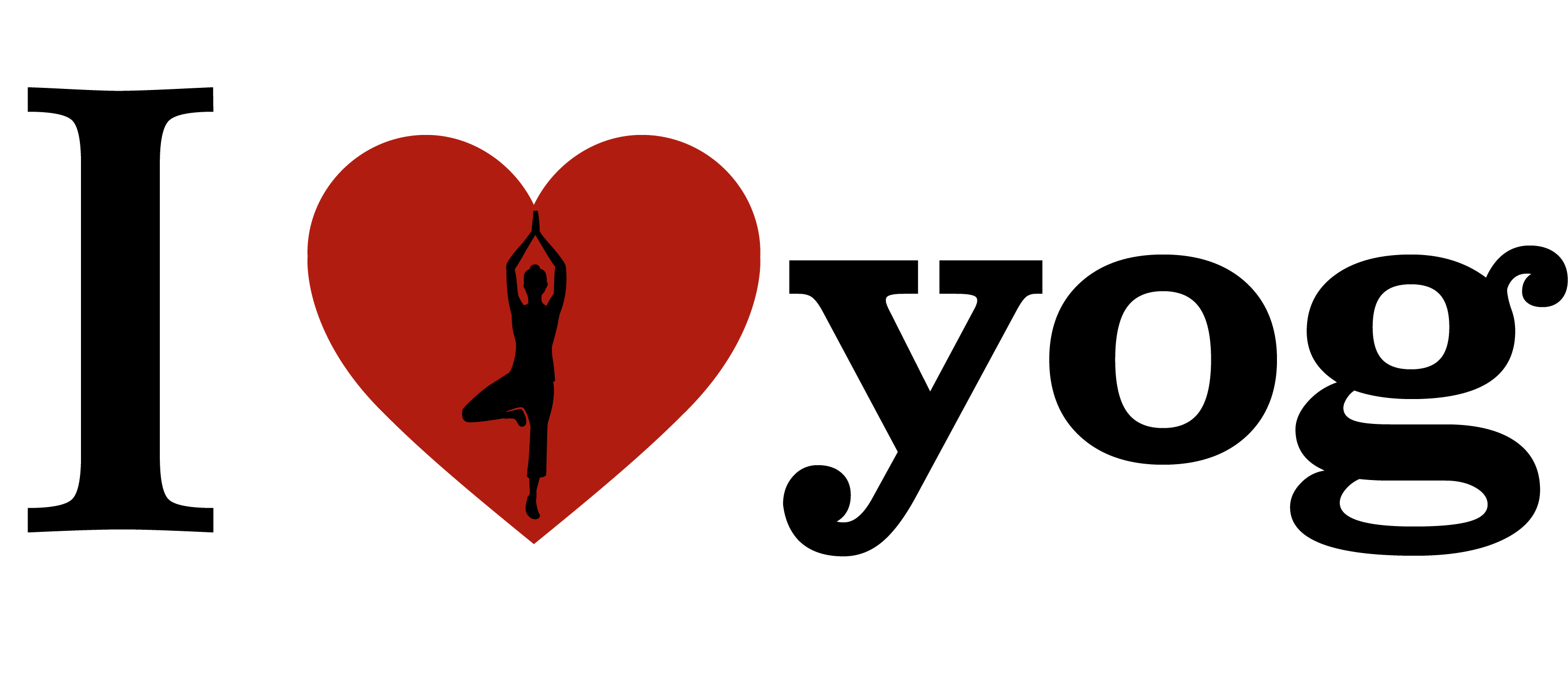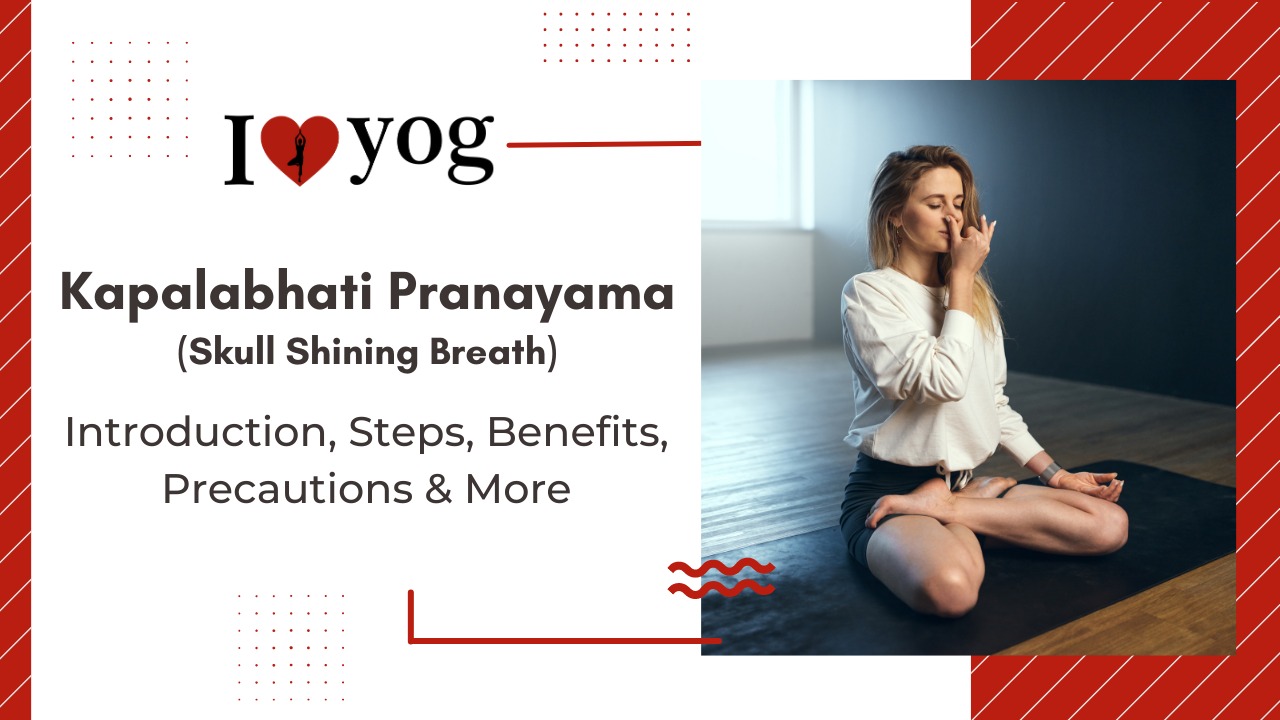In hatha yoga, the shatkarma of kapalabhati, or “skull-polishing”, is a significant purification process. The Sanskrit words kapla, which means “skull,” and bhti, which means “shining, illuminating,” combine to form the term kapalabhati. It is intended primarily for cleaning the sinuses but according to the Gheranda Samhita has magical curative effects.
There are three forms of Kapalabhati Pranayama:
Vatakrama, a practice similar to the pranayama method of Bhastrika or Fire Breath, except the exhalation is active while the inhalation is passive, the opposite of normal breathing.
Vyutkrama, a practice similar to jala neti, involves sniffing water through the nostrils and letting it flow down into the mouth and then spitting it out.
Sheetkrama, essentially the reverse of vyutkrama, in which water is taken in through the mouth and expelled through the nose
How to do Kapal Bhati Pranayama
- Sit comfortably with your spine erect.
- Place your hands on your knees with palms open to the sky.
- Kapalbhati Pranayama Take a deep breath.
- Tighten your stomach as you exhale.
- Draw your navel back toward your spine.
- Do as much as you can comfortably.
- You can keep your right hand on your stomach to feel the abdominal muscles contract.
- As you relax your navel and abdomen, the breath will automatically flow into your lungs.
- Take 20 such breaths to complete one round of Kapal Bhati Pranayama.
- With your eyes closed, relax and observe the sensations in your body.
- Do two more rounds of Kapal Bhati Pranayama.
Benefits of Kapal Bhati Pranayama
- Boosts metabolism and encourages weight reduction.
- Cleans the nadis (subtle energy channels).
- Stimulates the abdominal organs and is therefore extremely useful for diabetics.
- Improves circulation
- Invigorates the nervous system and rejuvenates brain cells Calms and uplifts the spirit
- Kapalbhati creates heat in your body, dissolving toxins and other waste materials.
- It improves the functioning of the kidneys and liver.
- It removes stress from the eyes and erases dark circles.
- It improves digestion.
- The process soothes you and uplifts your spirit and trouble free.
- It eliminates acid and gas problems when done correctly.
- People with gastrointestinal issues should avoid it.
- Kapalbhati enhances and improves the capacity of your lungs.
- Regular practice of Kapalbhati will activate you and make your face radiant.
- It improves memory and concentration.
- The exercise opens and stimulates your body’s chakras.
- It helps heal asthma and sinuses.
- It keeps depression at bay and fills you with positivity.
Precautions
- Cardiac patients should exhale slowly.
- Kapalbhati should be practiced in the morning on an empty stomach.
- Individuals with high blood pressure ought to slow down their Kapalbhati rate.
- Learn Kapalbhati from a certified yoga teacher after doing a health check.
- Avoid using this method if you are pregnant or menstruating.
- Avoid Kapalbhati if you have a herniated disc or stent.
- When performing Kapalbhati, pay extra attention if you have ulcers.
- Kapalbhati is an advanced breathing technique.
- Try it only after you have mastered basic pranayama.
- As you practice, keep your limitations in mind and work through the process accordingly.
- During the breathing exercise, be careful and aware if you have breathing problems like asthma.
What are the side effects of Kapalabhati Pranayama?
Avoid this breathing technique if you have an artificial pacemaker or stent, epilepsy, hernia, back pain from a herniated disc, or have recently had abdominal surgery. Women should not use the Skull Shining Breathing Technique during and just after pregnancy, as well as during menstruation. It involves vigorous abdominal crunches. People with high blood pressure and heart problems should only practice this breathing technique under the guidance of a yoga expert
What are the side Effects of Kapalabhati Pranayama?
Kapalbhati can lead to high blood pressure and hernia. It can cause dizziness and headaches. You might feel vomiting. Your mouth may become dry. You might experience excessive sweating and salivation.
What is the importance of practicing Kapal Bhati Pranayama?
Majority of the impurities in our bodies are expelled through the exhalation when we do pranayama. Regular practice of Kapal Bhati Pranayama detoxifies all systems in our body. And the obvious sign of a healthy body is a glowing forehead.
What time is best for Kapalabhati Pranayama?
Early morning is the best time to practice because of the clean air. You can practice Kapalbhati once a day, but you are also free to practice it twice, once in the morning and then in the evening. At both times, your stomach should be empty.


